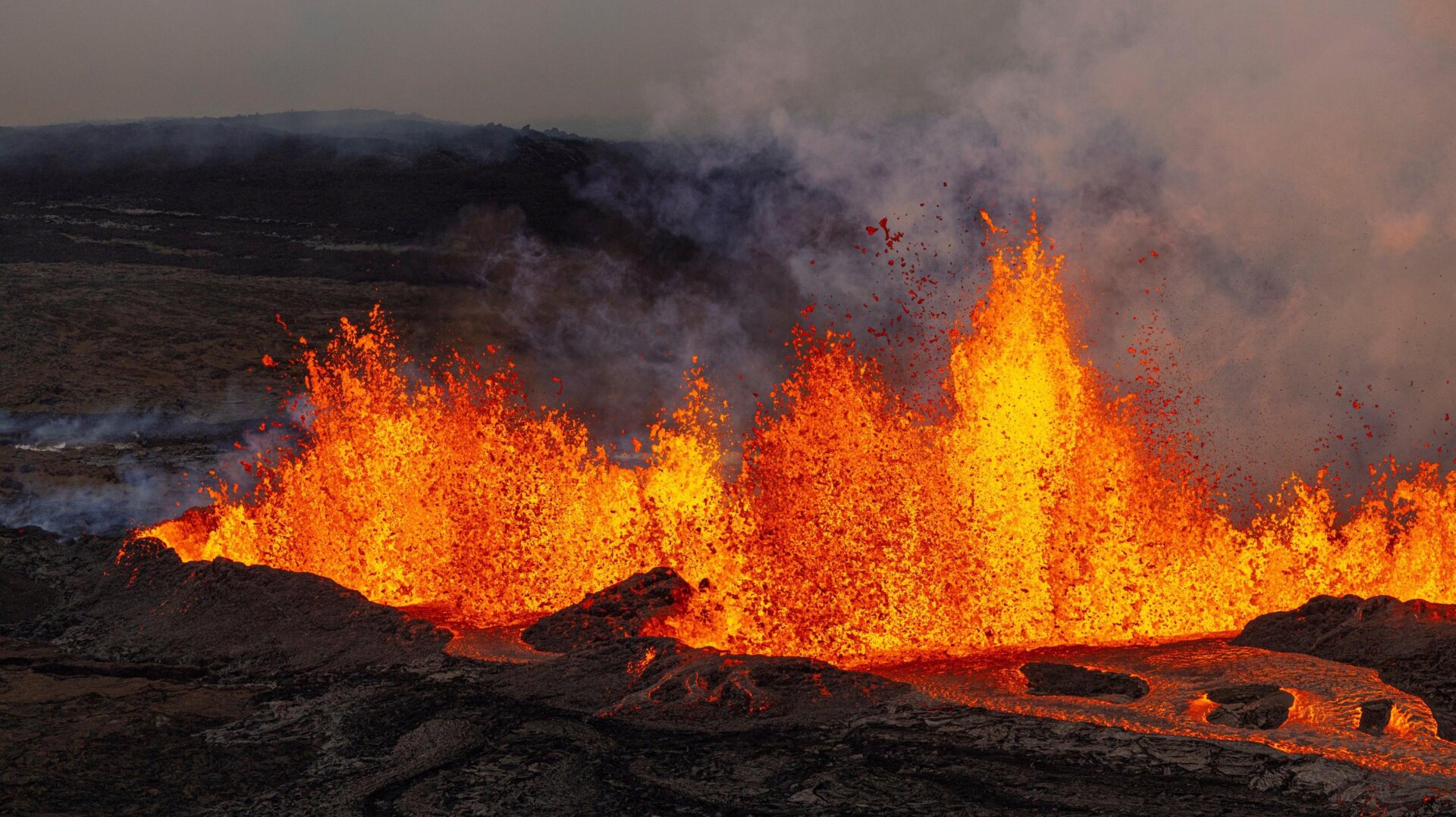Tens of thousands of honeybees in Spain’s Canary Islands can now add “survived a volcano” to their bucket list. Well, since they’re bees, we’ll add it for them.
A gripping and delightful report in the New York Times on Saturday told the story of five hives of honeybees which were left unattended after the eruption of the Cumbre Vieja volcano in La Palma, which blew on Sept. 19, for about 50 days (their beekeeper had been forced to leave the area). In recent weeks, when the beekeeper returned, he found the hives covered in volcanic ash.
Inside the hives, however, the scene was totally different. The beekeeper found tens of thousands of live honeybees, part of the local Canary black bee species, who had managed to carry on despite the heat and poisonous gases released by the volcano, the Times reported. They may have also gotten lucky because they were covered with light and porous ash, which allowed air to pass through the hives.
Not all honeybees on La Palma were so lucky, though. Spanish news agency EFE reported that a group of hives closest to the Cumbre Vieja’s main cone had been covered completely by lava, which killed them.
Antonio Quesada, a fellow beekeeper and a spokesperson for the Gran Canaria Beekeepers Association, told the outlet that that a key part of the bees’ survival was propolis. Produced by bees, propolis is a sticky substance made from resins the insects collect from plants and buds. Often called “bee glue,” propolis is often used to smooth rough surfaces or seal crevices in hives.
The La Palma bees used propolis for the latter. Quesada said they managed to seal themselves inside their hives to protect themselves from the volcanic gases, which can be potentially harmful to people, animals, vegetation, and property. The bees also thought about food and ate from the honey stores they had inside their hives.
“It’s incredible how such a tiny animal that has been around for hundreds of thousands of years can maintain that resilience, that ability to survive,” Quesada told the outlet.
That’s not all they did, though. Although they sealed themselves in their hives, they made sure to leave a miniscule pathway to the outside so they could get out one day.
The moral of this tale is that honeybees are the best preppers for the end of the world. Considering how things are going, we could learn from them. Cumbre Vieja is still erupting, after all, and scientists have no idea when it’ll stop.














